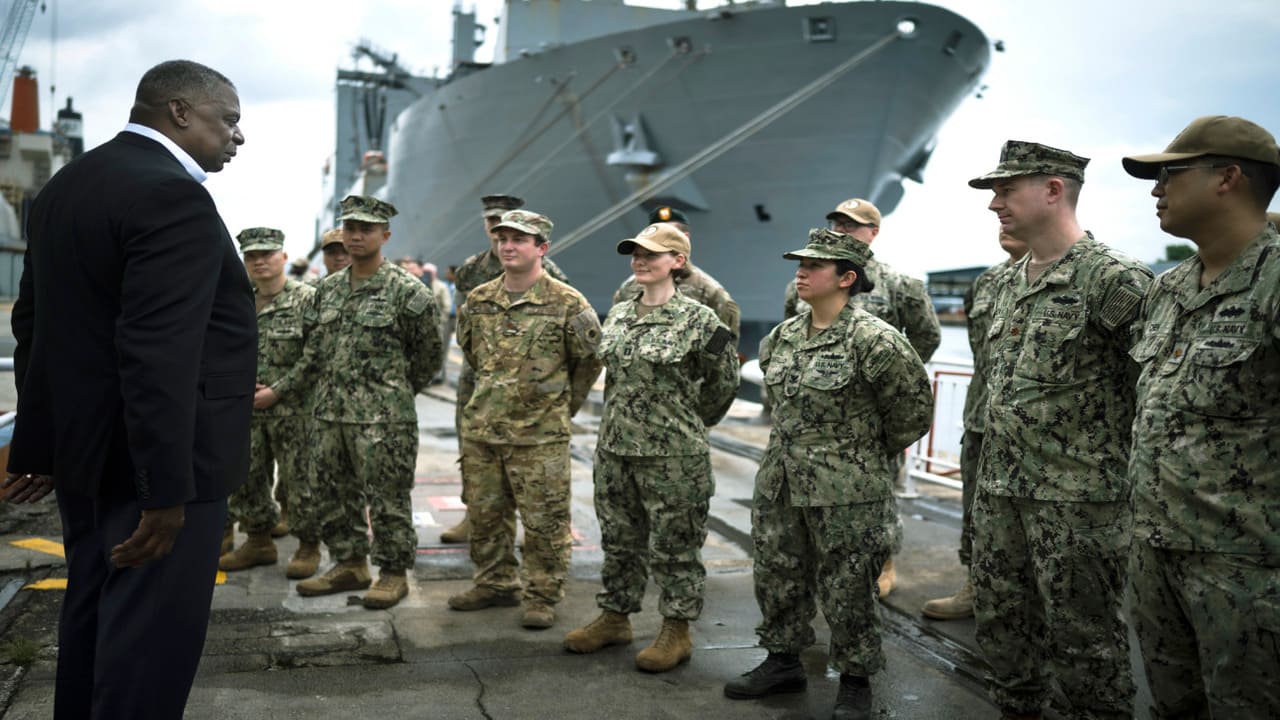
IndependentReport – US military leaders from across the globe have been summoned to Quantico, Virginia, for a rare high-level gathering ordered by Defense Secretary Pete Hegseth. Such a call brings together the Pentagon’s most senior figures in one room, underscoring both the symbolic weight and the strategic importance of the moment.
Preparations for the event have been underway for weeks. Senior deputies and planning staff within the Department of Defense are carefully aligning logistics, timing, and security. Given the sheer concentration of top brass expected to attend, observers anticipate the discussions will extend beyond ceremonial remarks, touching on pressing questions about America’s defense posture.
Secretary Hegseth has previewed his focus on the “warrior ethos,” a term he believes captures the discipline, toughness, and fighting spirit that should remain central to the armed forces. His allies argue that reaffirming these values is crucial at a time when the military faces challenges of recruitment, morale, and modernization.
Yet analysts suggest the warrior ethos will not be the only theme shaping the agenda. With so many senior commanders present, it is natural that larger questions about national defense priorities, personnel reform, and global deployments will find their way into the conversation. The warrior ethos may serve as the rhetorical centerpiece, but the underlying debates are expected to be far more expansive.
Read More : Ex FBI Chief Comey Could Face Prison, Here’s What Happened
Although the Pentagon has not released a detailed schedule, a number of likely topics have emerged in advance. The following list highlights the most probable agenda items facing US military leaders:
These themes may not all be formally on the docket, but insiders agree they represent the pressing issues most likely to dominate informal conversations and side meetings.
Gatherings of US military leaders often resonate far beyond the closed doors of the meeting room. Diplomatically, the symbolism of dozens of generals and admirals assembled in Virginia sends a message of unity and strength. It also provides a stage from which the Pentagon might announce new policies or signal shifts in defense strategy.
Several officials have hinted that “surprises” could surface policy changes or announcements not previously disclosed. This adds an air of anticipation both within the military establishment and among outside observers. For allies, such meetings can reassure them of American resolve; for adversaries, they serve as a reminder of the scale of US global military power.
Meanwhile, the meeting comes against the backdrop of significant structural reforms at the Department of Defense. Hegseth has already moved to dismiss certain high-ranking officers and redirect policy priorities, moves that have sparked both support and criticism. Against this context, the Virginia gathering could clarify the broader trajectory of the US military under his leadership.
Also Read :Trump Sounds the Alarm: Tylenol Might Not Be Safe for Kids, He Warns!
Rather than concluding with finality, it is more useful to frame the outcome in terms of challenges that US military leaders will face once the Virginia talks end.
One challenge will be ensuring that commands across the world from Asia to the Middle East to Europe implement any new directives consistently. Coordinating a vast global network of units under shifting priorities is never straightforward.
A second challenge lies in cultural reform. While promoting the warrior ethos might sound unifying, different branches and commands operate in unique contexts. Embedding this ethos universally without generating friction or resistance will test leadership skill.
Finally, the Pentagon must manage transparency and accountability. Any sweeping personnel reshuffles or strategic pivots will draw scrutiny from lawmakers, the media, and civil society. Missteps could invite political backlash and undermine confidence in military leadership.
The Virginia meeting, therefore, is not merely a gathering of uniforms and medals. It represents a potential inflection point. If handled effectively, it could reinvigorate the armed forces with clarity of mission and cohesion. If managed poorly, it risks deepening internal tensions at a time when global security challenges are already mounting.
This Article About US Military Leaders Written by: Sarah Azhari | Editor: Micheal Halim
Information Source: Reuters.com